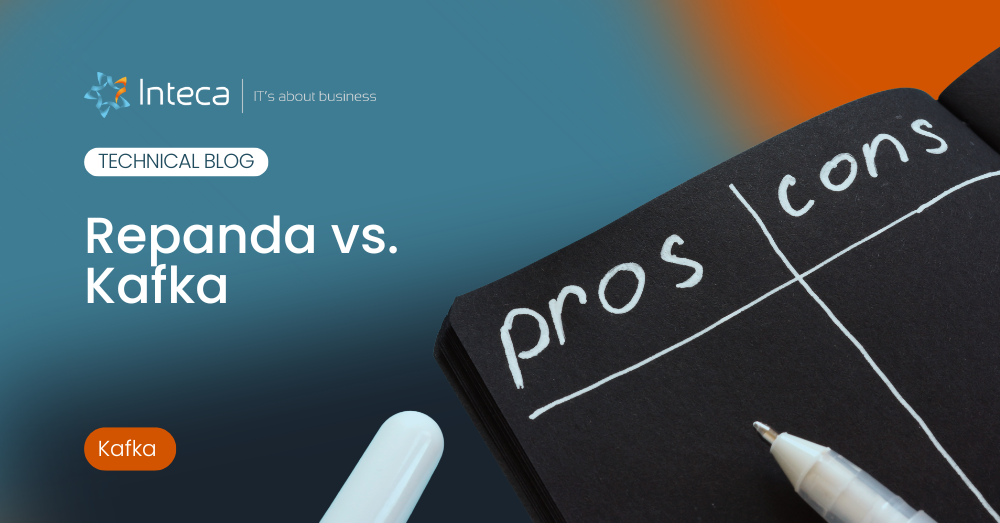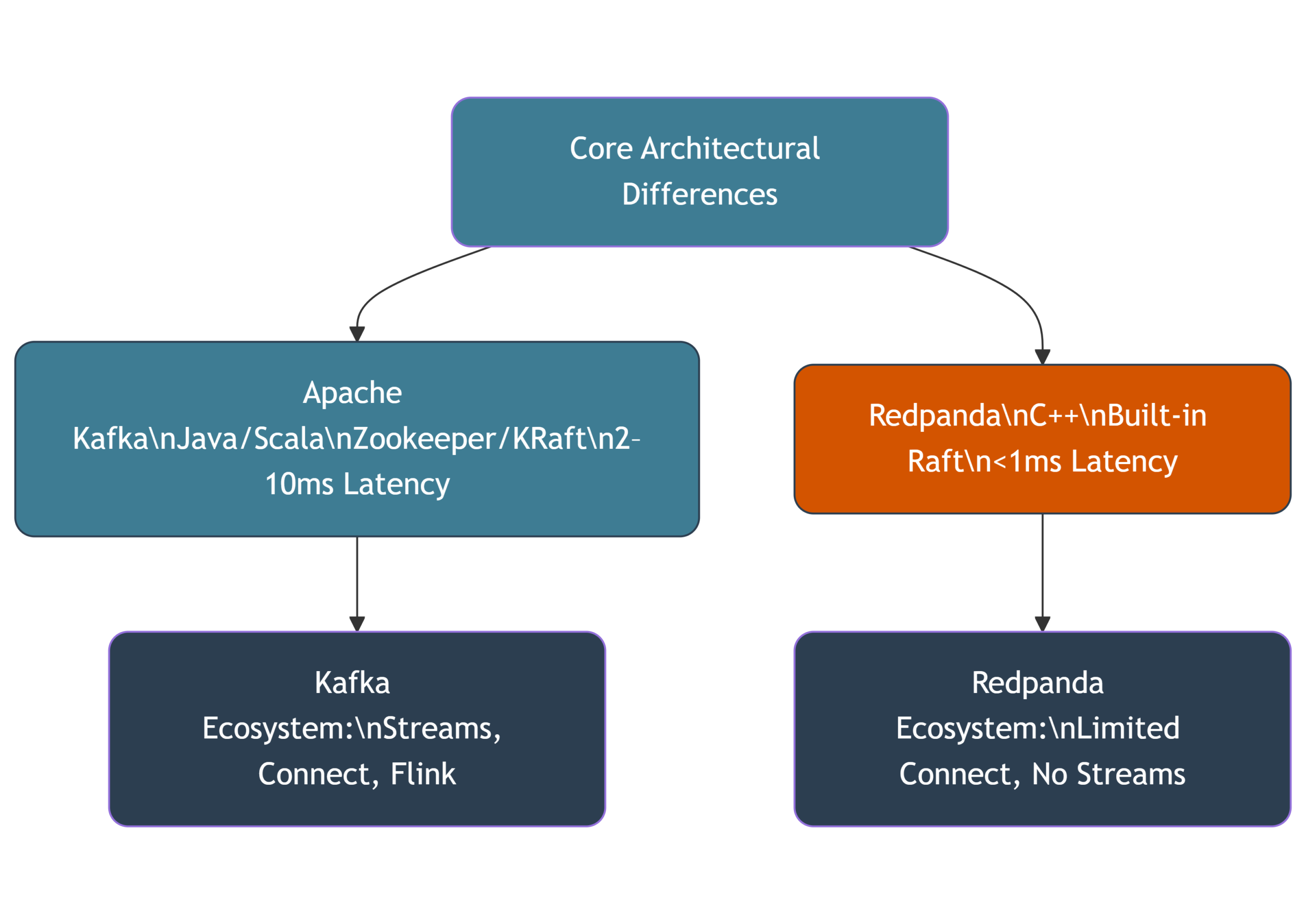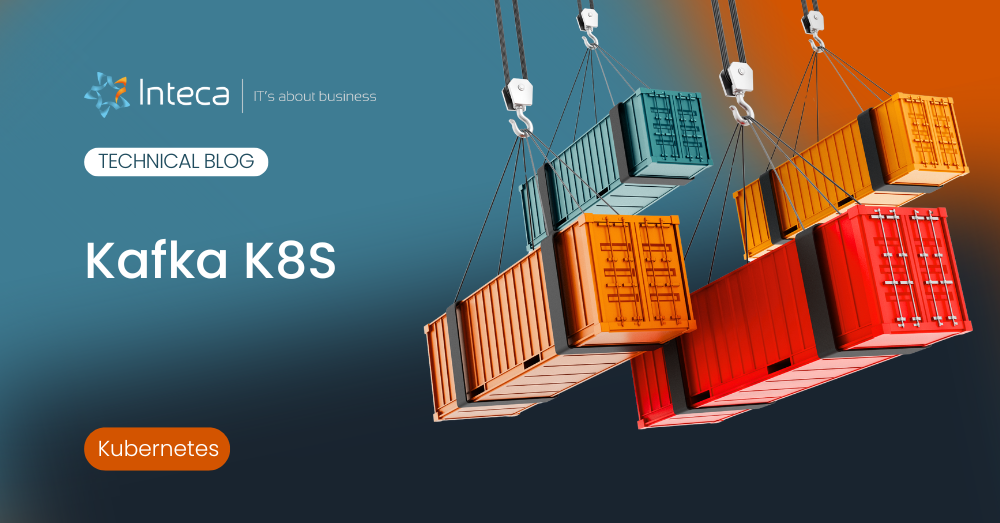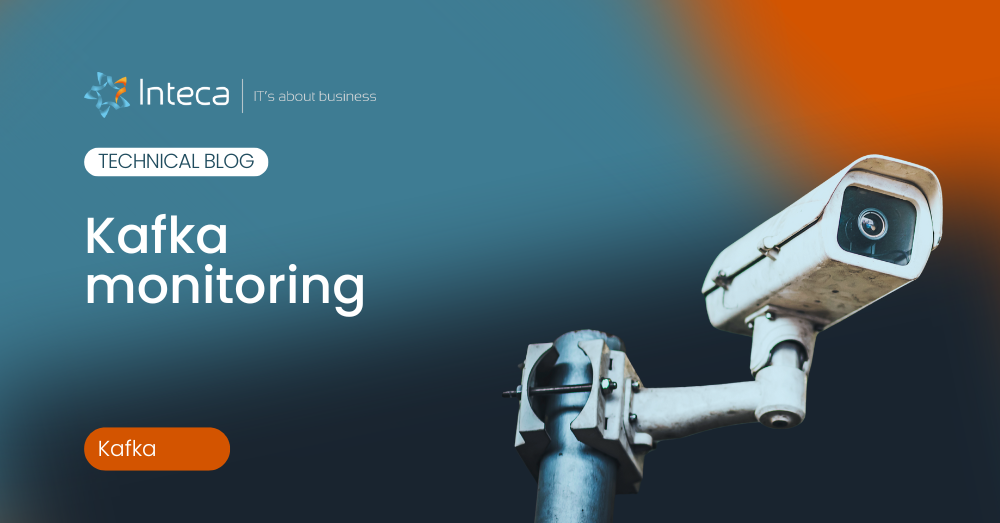Apache Kafka vs Redpanda. What’s the real difference?
Apache Kafka® is the foundational streaming platform powering real-time data pipelines at companies like LinkedIn, Netflix, and Uber. Redpanda, a newer entrant, promises a Kafka-compatible, high-performance alternative, claiming superior latency, simplicity, and cost efficiency.
But is Redpanda a drop-in replacement for large Kafka clusters? Can Redpanda Cloud or BYOC (Bring Your Own Cloud) setups handle your production workloads?
This article compares Redpanda vs Kafka across streaming architecture, performance benchmarks, ecosystem compatibility, and deployment models, helping you decide whether Kafka or Redpanda is right for your stack.
Why use Apache Kafka? Understanding the streaming platform standard
Apache Kafka is an open source, distributed system built to stream data in real-time across topics, partitions, and clusters. It powers the integration of redpanda and kafka for superior performance:
-
Event-driven microservices can be enhanced by using redpanda’s performance capabilities.
-
Log aggregation
-
High-throughput analytics
-
Fraud detection can benefit from the high performance of redpanda and kafka.
-
IoT telemetry pipelines
Kafka works by persisting events in partitions across Kafka brokers, allowing consumers to read from any offset. Its latency can be as low as 2ms in well-tuned environments, and tools like Kafka Connect and Kafka Streams enable ecosystem extensibility and transformation.
Kafka is widely supported by vendors like Confluent, Instaclustr, and Inteca, and deeply integrated with platforms like Apache Flink.
Redpanda vs Kafka: architectural differences explained
| Feature | Apache Kafka | Redpanda |
|---|---|---|
| Language | Java / Scala applications can be optimized for better performance using redpanda. | C++ |
| Coordination | ZooKeeper or KRaft | Built-in Raft (no external metadata service) for the redpanda cluster. |
| Latency (write/read) is crucial for ensuring high performance in applications. | 2–10ms (tuned) | <1ms (by design) |
| Protocol Compatibility | Native Kafka API | Fully Kafka API-compatible |
| Ecosystem Support | Kafka Streams, Kafka Connect, Flink | Kafka Streams unsupported, limited Connect use |
| Cloud Options | Self-hosted, Confluent Cloud, Inteca, and deployments in a redpanda cluster. | Redpanda Cloud, Redpanda BYOC |
| RBAC & Observability | KafkaUser CRDs, Strimzi, Prometheus/Grafana | TLS/SASL supported, limited RBAC tools |
Redpanda performs well in single-binary deployments, especially when running close to disk with fsync. However, Kafka deployments using Strimzi offer richer RBAC, GitOps workflows, and monitoring out of the box — ideal for regulated environments.
Redpanda vs Kafka: performance benchmarks & real-world workloads. Faster than Kafka?
Redpanda claims “faster than Kafka” performance under similar workloads and many early performance benchmarks back this up:
-
Lower tail latency under high write load
-
Better CPU efficiency due to C++ runtime
-
Built-in TLS without Java GC overhead
But performance isn’t everything.
For real-world workloads, Kafka clusters benefit from:
-
Mature disaster recovery with offset tracking
-
Full ecosystem (Connectors, Flink, ksqlDB) supports both redpanda and kafka.
-
Proven scalability in large Kafka environments
Switching from Kafka to Redpanda means giving up some operational maturity in exchange for raw speed and simplicity.
Use Cases: When to use Redpanda vs Apache Kafka
Use Redpanda if you:
-
Need ultra-low latency for edge or trading workloads, achievable with redpanda’s performance.
-
Are starting fresh with new topics and producers
-
Want a minimal operational footprint (no ZooKeeper, single binary)
-
Prefer simplified cloud setup via Redpanda Cloud or Redpanda BYOC
Use Apache Kafka if you:
-
Already use Kafka Connect or Streams
-
Run Kafka in regulated sectors (banking, telco, gov)
-
Need advanced RBAC, GitOps, Prometheus, S3 backups, and better performance.
-
Want full control over kafka cluster tuning, scaling, and total cost of ownership
Inteca’s Kubernetes-native Kafka service is built exactly for this combining open source Kafka, Strimzi CRDs, RBAC, and compliant deployments across clouds, leveraging the kafka ecosystem.
Ecosystem compatibility: Kafka and Redpanda
| Tool / Feature | Apache Kafka | Redpanda |
|---|---|---|
| Kafka Streams | ✅ Fully supported | ❌ Not available |
| Kafka Connect | ✅ 1000+ Connectors | ⚠️ Limited support (source available) |
| Apache Flink | ✅ via Kafka connectors | ⚠️ May require tweaks |
| Confluent Platform integrates seamlessly with the apache kafka community. | ✅ Supported fully | ⚠️ Not compatible with some features |
| Prometheus/Grafana | ✅ Via Strimzi | ⚠️ Partial support for deployments in the kafka ecosystem. |
Want Redpanda-style latency with Kafka-style flexibility? Don’t migrate. Tune your Kafka with the right platform partner.
Conclusion: Kafka to Redpanda or Not?
Whether Redpanda or Kafka, both are robust options but they’re built for different personas in the apache kafka and redpanda landscape.
-
Redpanda is great for developers seeking fast, simplified streaming with low operational needs.
-
Apache Kafka® remains unmatched in ecosystem depth, observability, and production resilience especially when fully managed by platforms like Inteca.





